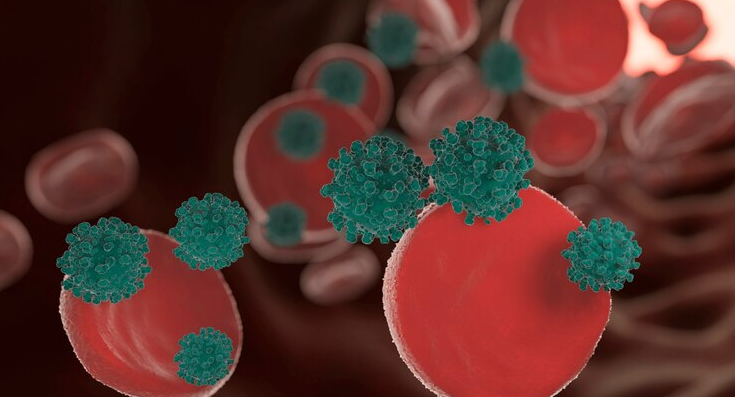The following summary is “Therapy-related Myeloid Neoplasms Following PARP Inhibitors: Real-life Experience” published in the December 2022 issue of Oncology by Marmouset et al.
To shed light on the diagnostic and therapeutic challenges of myeloid neoplasms (t-MN) caused by PARP inhibitors (PARPi). About 13 t-MN were found and characterized among 37 patients with ovarian cancer who sought hematology consultation for cytopenia while receiving PARPi at a French cancer center. After that, researchers categorized these 13 t-MN post-PARPi among 37 t-MN post-ovarian cancers based on PARPi exposure. Finally, in a national cohort, they described 69 t-MN cases after PARPi. The cumulative incidence of t-MN among patients with ovarian cancer treated with PARPi was 3.5% (13/373) between 2016 and 2021.
More cytopenias (2 vs.1, P=0.0005), a lower platelet count (74 vs. 173 G/L, P=0.0005), and a longer PARPi exposure (9 vs. 3 months, P=0.01) were observed in patients with t-MN at the time of hematologic consultation. Patients with t-MN-PARPi were more likely to have a BRCA1/2 germline mutation (61.5% vs. 0%, P=0.03) but had similar overall survival to those with t-MN who were not exposed to PARPi (OS). Most t-MNs after PARPi in the national sample had a complicated karyotype (61%), and TP53 mutations were commonplace (71%). 9.6 months was the median age at first occurrence (interquartile range, 4–14.6).
Olaparib compared to other PARPi (HR, 5.82; P=0.003), acute myeloid leukemia (HR, 2.485; P=0.01), and a longer period between the end of PARPi and t-MN (HR, 1.046; P=0.02) were all related with a shorter OS in multivariate analysis. In addition, investigators reported a significant rate of t-MN after PARPi, which was linked to adverse cytogenetic and molecular abnormalities and poor overall survival (OS). Notably in cases of delayed cytopenia, early identification is critical.



















